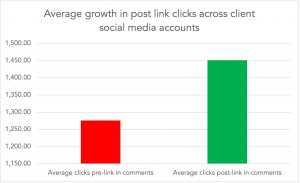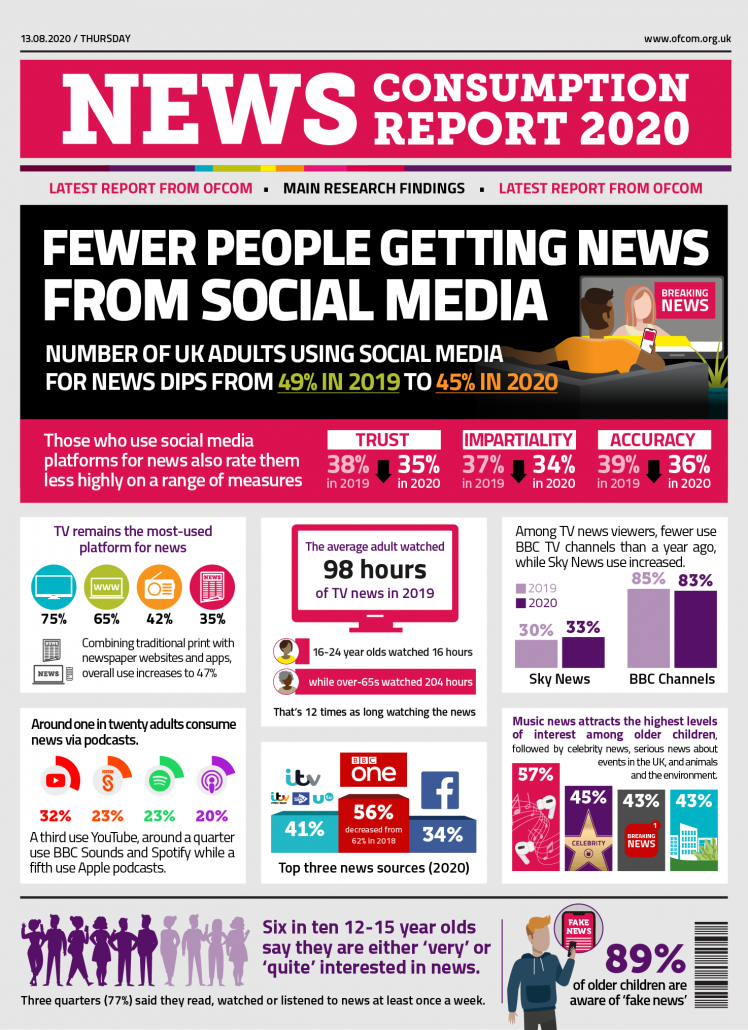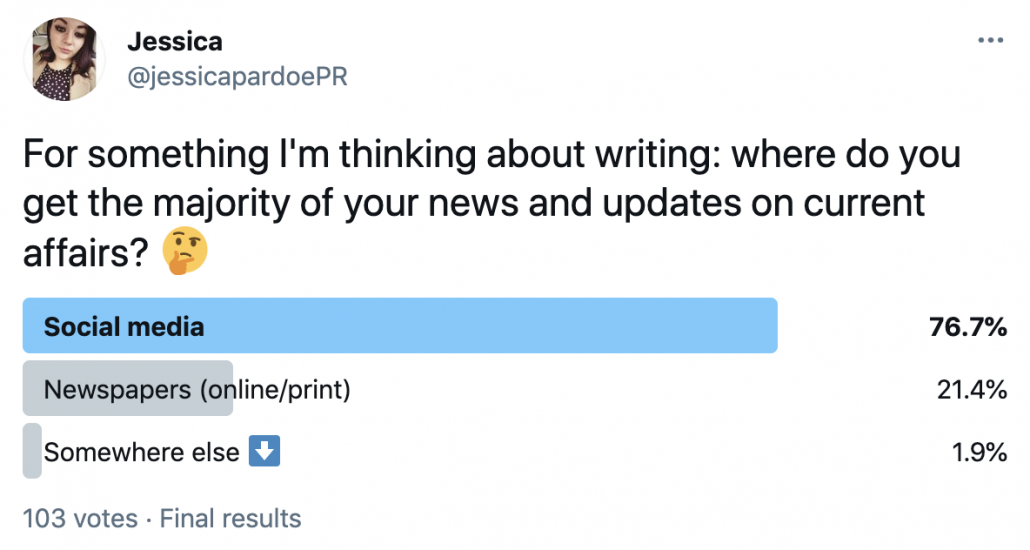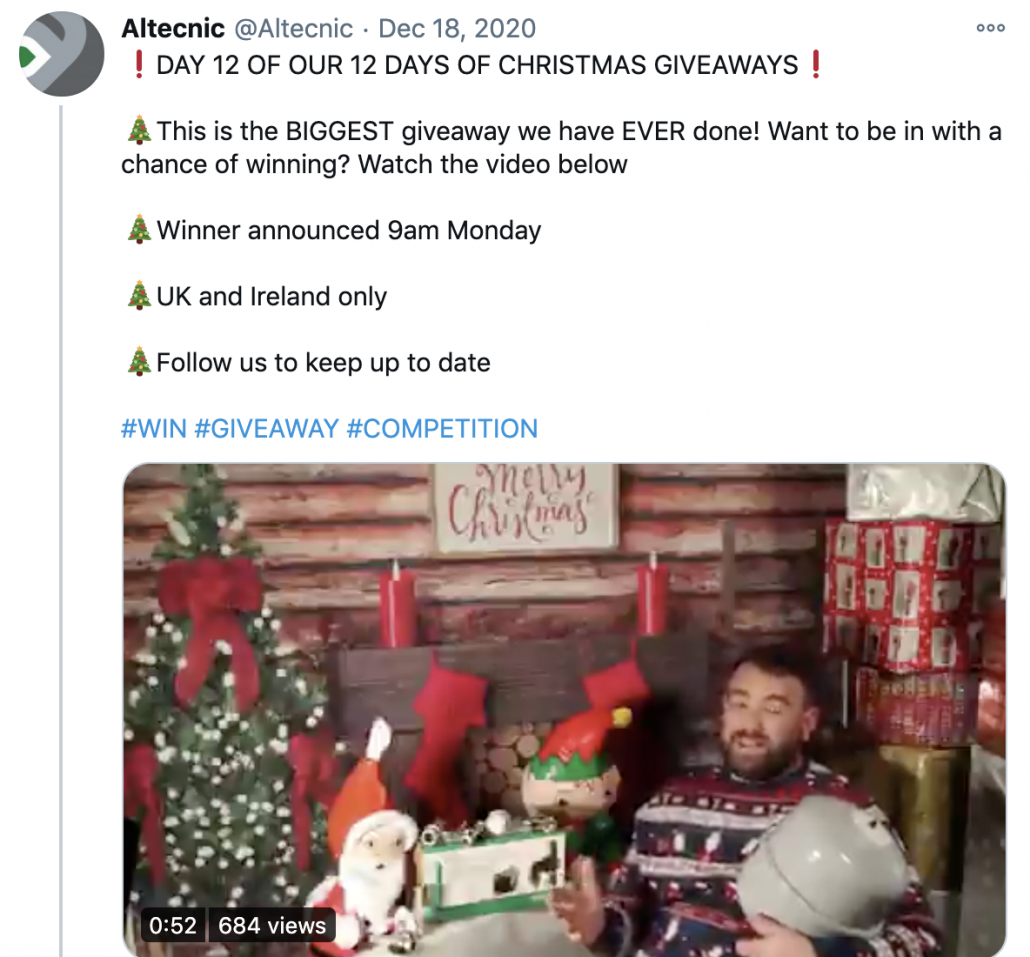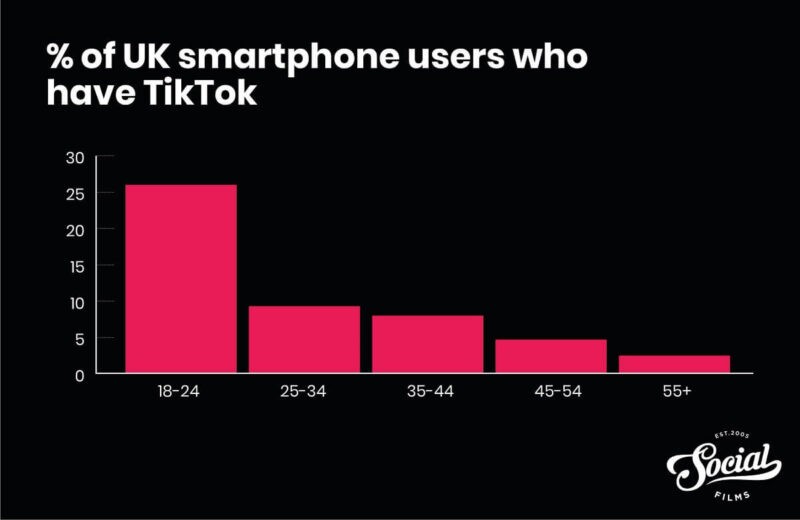Creating A Successful Organic B2B LinkedIn Strategy
An organic LinkedIn strategy is all about building your business’ presence on the platform without relying on targeted ads or sponsored content.
But how do you go about creating a successful organic B2B LinkedIn strategy for your client?
Why LinkedIn?
LinkedIn is a valuable platform for businesses of all sizes, providing the opportunity to connect with professionals, showcase expertise, and generate leads and sales.
An organic strategy on LinkedIn involves creating and sharing content that resonates with your target audience, engaging with them through comments, and building relationships with industry peers and potential customers.
It’s a place where you can really establish your brand’s values and CSR initiatives, as well as highlighting the expertise and experience of key individuals within the business.
Whether you’re looking to build a LinkedIn presence for a business or an individual’s page, this guide will help to outline how you can create a successful organic B2B strategy on this platform.
Promote CSR initiatives
In today’s economy, we know it’s vital for our clients to be able to showcase to potential customers that their business is committed to corporate social responsibility.
In other words, highlighting key initiatives, such as work in the local community or how they’ve reduced your environmental output, will resonate with their target audience and serve to enhance their reputation as a business.
If your client has received an environmental accreditation or donated money to a local cause, talk about it on LinkedIn. These posts drive engagement, and with more engagement, comes more exposure.
Share your clients’ expertise and experience
It’s important to remember that your client will have unique insights into their industry that are valuable to the target audience, so share them!
At Source, we encourage our clients to offer insight into the key issues facing their particular sector, as doing so frequently will help to showcase them as being industry experts that they are!
Whether it’s providing a perspective on the recent Spring Budget, or a thought leadership on industry trends and predictions, their insights can indicate to potential customers, that they’re a significant voice within their sector.
Not only this but these kinds of posts are often very well received and tend to garner a great deal of impressions and engagements, which will result in the post being re-circulated across a wide range of news feeds and in turn, could see them accrue some new followers off the back of it.
Analytics is your friend
As with trialling any new marketing tactic, it can be trial and error. That’s why it’s important that you track the performance metrics, such as engagement rates and follower growth, to see what’s working and what’s not on your client’s LinkedIn page.
Using software like Sprout Social, can provide you with key data insights into how your client’s page has performed month on month.
These metrics can help you optimize your content by providing insights into which types of posts, formats, and topics are resonating with your audience.
By analysing your top-performing posts, you can identify patterns and use those insights to create more engaging and effective content or post most more of what’s working according to the data.
People buy from people
It’s a fundamental aspect of business but it’s something that’s often overlooked in when it comes to B2B LinkedIn strategies: people buy from people.
Your client’s audience will be interested in seeing the people behind the business, as people are naturally drawn to other people and by showcasing faces and personalities of the team, you can help humanise the brand.
Whether it’s a stand-alone image or part of a profile on a specific individual, posts that are accompanied by shots of a business’s people in action will always appeal to an audience.
Post the link in the comments!
You may have seen brands doing this a lot of late and that’s because putting your call-to-action link in the comment section of your posts can really help to boost the exposure your post.
The current LinkedIn algorithm rewards posts with comments and as such, adding the link to the comments can really help a post to circulate more widely and thus, be seen by a larger audience.
It also should be noted that just because the link isn’t in the main body of the text, it doesn’t stop people from clicking on it.
In fact, since we began posting links in the comments, we’ve seen an average of 88% more post link clicks across our social media accounts.
More clicks, means more traffic to key websites and, of course in turn, there’s a greater potential for sales to be made.
Incorporate carousels
Carousels on LinkedIn are not dissimilar to a slideshow as this type of post lets you display images or infographics in a single post, which your audience can swipe through.
They can be used to share information in a more digestible way, for example, you could create a carousel to showcase different features of your clients’ product offering, highlight CSR initiatives, or promote a thought leadership piece.
Carousels are so effective in telling your clients’ story as they tend to yield higher engagement rates than single-image posts on LinkedIn. This is largely because they provide more content for users to interact with and can be more visually engaging.
Use relevant hashtags
The use of relevant and focused hashtags within the main body of the post is intrinsic to any successful organic LinkedIn strategy.
Hashtags on LinkedIn allow users to easily find content related to specific topics, such as key events like International Women’s Day or a large conference in the sector they are in, which will help to drive engagement.
Deploying them can also help to augment your client’s position in their sector as through consistent use of industry-related hashtags, you can establish the business as a thought leader and build a strong brand identity.
By using pertinent hashtags in your posts, you can increase the visibility of your content, which can help your business page to reach a larger audience and attract new followers.
Consistency is key
Finally, it’s important to remember that posting consistently is an essential part of a successful B2B LinkedIn strategy.
Consistently posting on LinkedIn can increase the visibility of the business page in the newsfeed and search results, which can help your page attract more followers and potential customers.
Regular posts also help to establish your business as an authority in your industry and improve your credibility. By consistently sharing valuable insights and CSR, you can build trust with your client’s audience and position them as a go-to resource and establish a strong presence for them on LinkedIn.
If you think the team at Source could help you with your PR or media relations, get in touch!

